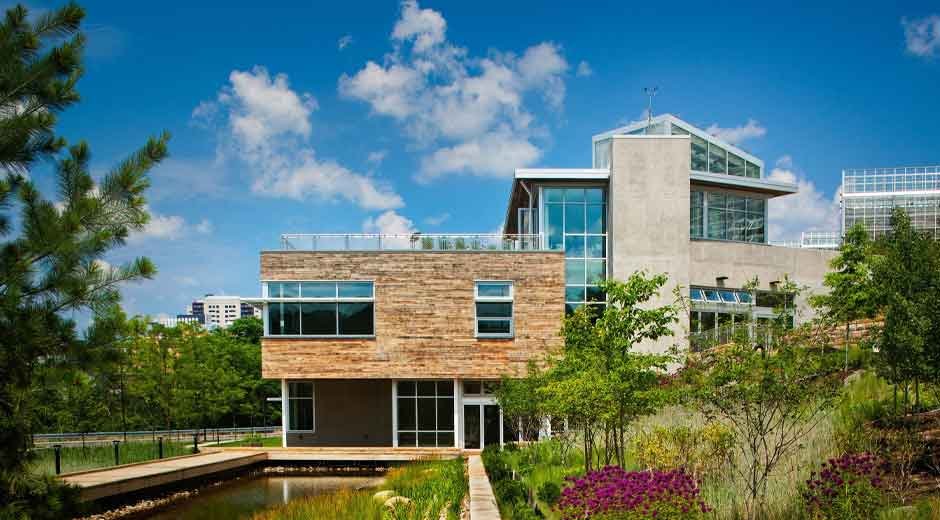Eco-friendly construction is more than a design trend. It’s a commitment to creating buildings that protect both people and the planet. As architects, engineers, and property owners push for greener materials and energy-efficient systems, one vital element often goes unnoticed: the need for precise testing of ventilation and air-quality controls. Sustainable buildings must not only conserve energy but also maintain healthy indoor environments, and that’s where proactive testing becomes essential.
Why Testing Is Central to Sustainable Design
Sustainable architecture focuses on reducing energy use, lowering emissions, and optimizing resource efficiency. Yet these goals can be undermined if indoor air quality is neglected. Modern airtight buildings, while excellent at conserving heat, can trap pollutants such as dust, volatile organic compounds (VOCs), and industrial fumes. Regular inspection and verification of ventilation systems ensure that eco-friendly buildings remain healthy places to live and work.
Professional services that offer LEV COSHH testing provide a detailed assessment of local exhaust ventilation systems, confirming that air-handling equipment effectively captures and removes contaminants without wasting energy. This type of testing balances health priorities with sustainability goals by ensuring systems operate at peak efficiency, reducing both environmental impact and running costs.
Protecting Health in Low-Energy Spaces
High-performance insulation and airtight construction minimize energy loss but also limit natural airflow. Without proper ventilation, moisture can accumulate, encouraging mold growth and degrading indoor air quality. LEV testing identifies airflow issues before they become health risks, safeguarding occupants from respiratory problems while preserving the building’s sustainable performance.
Reducing Energy Waste Through Precision
Eco-buildings aim to achieve maximum efficiency, and ventilation plays a major role in overall energy consumption. A poorly balanced system may work harder than necessary, consuming extra power and offsetting other green design features. Targeted testing pinpoints inefficiencies, allowing adjustments that reduce energy use while maintaining safe air standards.
Meeting Regulations and Green Certifications
Green building standards such as BREEAM, LEED, and WELL increasingly recognize indoor air quality as a key sustainability factor. Demonstrating that ventilation systems meet or exceed regulatory requirements strengthens applications for these certifications. Documented LEV testing provides the evidence needed to prove compliance and achieve higher sustainability ratings.
Supporting Circular Construction Goals
The principles of a circular economy, where materials are reused and buildings are designed for easy adaptation, depend on systems that can be monitored and upgraded over time. Regular ventilation testing ensures that equipment remains compatible with future retrofits, reducing the need for premature replacement and preventing unnecessary waste. This forward-thinking approach keeps eco-buildings aligned with long-term sustainability objectives.
Empowering Occupants Through Data
Modern ventilation audits generate valuable data on air quality, energy use, and system performance. Sharing these insights with occupants helps them understand how their behavior, such as adjusting thermostats or using windows, affects both health and efficiency. Transparent reporting fosters a culture of sustainability where everyone plays a role in maintaining clean air and reducing energy demand.
Building a Future-Proof Environment
Sustainable buildings are designed for long lifespans. Regular testing creates a maintenance roadmap, ensuring that ventilation systems adapt to changing occupancy, new materials, and evolving health standards. This proactive approach protects the building’s environmental credentials and supports a healthier tomorrow for occupants and communities alike.
Eco-friendly design doesn’t stop at renewable materials or energy-efficient lighting. By incorporating routine testing into every stage of a building’s lifecycle, developers and owners can guarantee that green buildings remain safe, efficient, and truly sustainable for years to come.


